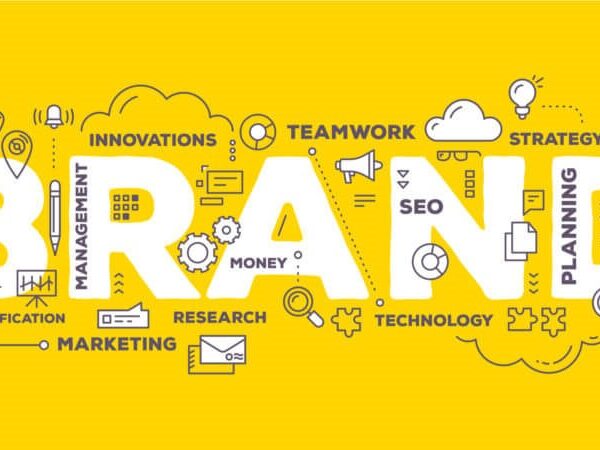Every business leader or manager would love their employees or team members to be passionate about their job and perform their duties enthusiastically. This becomes possible if organizations take purposeful steps for increasing employee engagement.
There are various means that help enhance people’s dedication to work. In this article, we’ll examine how project-based organizations can increase employee engagement with the help of effective resource management.
Why Is It Important to Increase Employee Engagement?
In simple terms, engaged employees are those who are dedicated to their work and enthusiastic about it; they share a company’s values and are proud to work for it. Apart from ensuring a high level of job satisfaction for people themselves, employee engagement is one of the critical factors of a company’s business success. Let’s take a closer look at its benefits.
Engagement Contributes to Employee Retention
If people are committed to their employers and satisfied with their roles, they are less likely to leave their jobs, which in turn makes it possible to retain top talent.
It Increases Employee Productivity
Enthusiasm, dedication, and job satisfaction are essential drivers of high performance. Employee engagement also reduces the level of absenteeism, which also contributes to higher productivity levels.
It Reduces Workplace Stress
You cannot totally avoid stress at work, but the thing is that engaged employees working in the supporting environment can cope with it much better and faster. In addition, engagement reduces the risk of burnout which is usually the result of long-term stress.
It Increases Customer Satisfaction
As noted before, highly engaged team members are more productive and capable of delivering high-quality output, which has a positive impact on clients’ satisfaction with a company’s products or services.
It Increases a Company’s Profitability
Engaged employees are productive and deliver higher quality products and services, which leads to customer satisfaction and increased sales. As a result, an organization’s profitability increases.
Obviously, employee engagement is something that managers should care about if they want their employees to be efficient and businesses to prosper. In project-based organizations, effective resource management can greatly contribute to people’s efficiency and commitment. Let’s take a closer look at the opportunities it provides in the next section.
Increasing Employee Engagement: The Role of Resource Management
Resource management involves identification, acquisition, and administration of resources required to ensure the completion of all projects running in an organization. The main benefits of resource management are as follows:
- ensuring that all projects are staffed with employees with necessary skills;
- the tasks assigned to employees correspond to their competence levels;
- the team members have balanced workload;
- available resources are utilized with maximum efficiency;
- employees work productively on project tasks.
Therefore, resource management aims to utilize resources to the full, but at the same prevents them from excessive workload and helps them fulfill their potential. Here are the ways resource management contributes to increasing employee engagement.
Ensuring That the Right People Work on the Right Tasks
Competence management is one of the critical parts of resource management. It involves keeping track of people’s skill sets and their levels so that a project manager can assign the tasks to the team members who have perfectly matching competences. It’s no less important to consider the level of competences in the resource allocation process. For example, if a person is underqualified for a task, he or she may find it difficult to cope with it and complete it with a delay; alternatively, the quality of such work will be poor. If an employee is overqualified for performing an assignment, he or she can very quickly lose interest in such work and feel undervalued, especially if it happens regularly. In both cases, people won’t be satisfied, and the level of their productivity and engagement will be low.
Competence management software can help project managers assign the right people to the right projects and tasks. It provides enterprise-wide visibility of people’s competences and their levels. As a result, the tasks can be assigned to those who can cope with them perfectly well. Advanced resource management tools like Epicflow are capable of suggesting team members for completing project tasks based on their competence levels and capacity.
Therefore, effective competence management along with the right resource management solution will not only facilitate more effective work on project assignments, but also increase people’s engagement.
Optimization of Employees’ Workload
Balanced workload is the basis for fruitful work, which is unfortunately often neglected. If the load is balanced, every team member works at their full capacity, but isn’t overloaded. It sometimes happens that in an attempt to increase productivity, managers can assign more and more work to the employees. But such an approach is counterproductive – people will be efficient only if they aren’t overwhelmed. Overload leads to stress, burnout, inability to cope with one’s work, and what is the most harmful, can negatively affect other employees’ performance and overall outcome. Of course, a stressed overloaded employee cannot be engaged.
The other side of imbalanced workload is idleness. Though it may be not that dangerous as overload, idle team members are inefficient and often disengaged.
Resource management aims to allocate resources in such a way that they are neither overloaded nor idle, which contributes to their productivity and engagement. Resource management software like Epicflow can also assist in balancing employees’ workload. For example, it can analyze people’s load and identify overwhelmed resource groups; detect idleness that blocks the completion of other teammates tasks. It’s also capable of forecasting future load so that a project manager can analyze it and take corrective actions if necessary.
Facilitating Professional Development
One of the responsibilities of a resource manager is to analyze current and upcoming projects to identify the resource demand and plan resources for these initiatives. It also allows a resource manager to spot skill gaps so that he or she can collaborate with the HR department regarding team members’ training and professional development. When looking for ways to staff projects with required employees, a resource manager can recommend available team members to undergo training, as it’s always cheaper to upskill than hire new people. If employees know that a company cares about their professional development and facilitates it, they will feel valued and avoid stagnation, which will significantly increase their engagement.
Conclusion
Employee engagement is a fundamentally important factor of business success. Resource management contributes to enhancing people’s commitment in the following ways:
- it ensures that the tasks team members work on perfectly match their competence level;
- it identifies employees’ skill gaps and facilitates their professional development;
- It contributes to balanced workload and in such a way reduces workplace stress and at the same time helps avoid stagnation.
Image Credits: Headway




Like this article? Share with your friends!